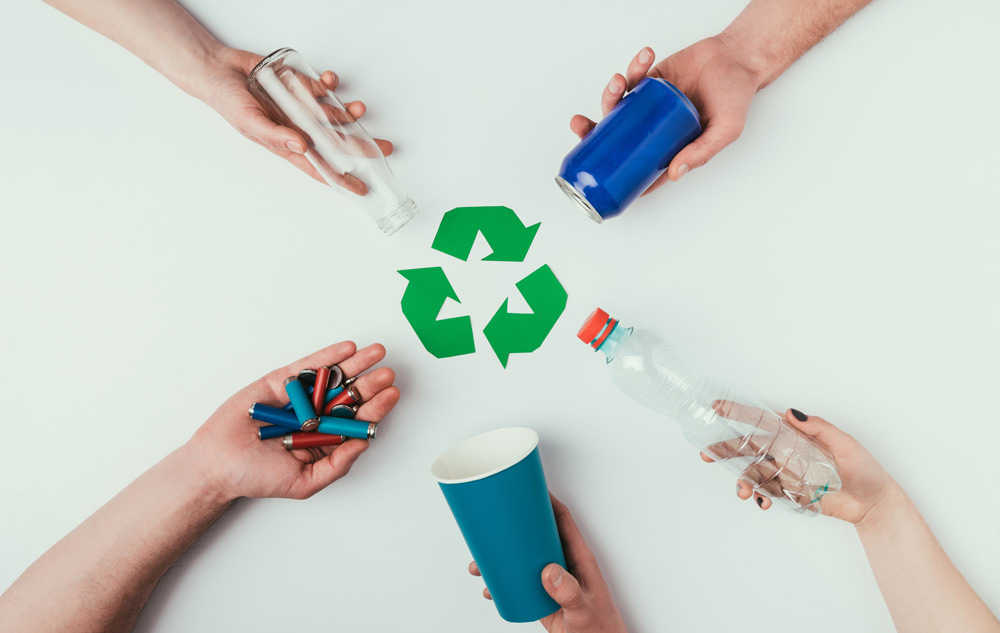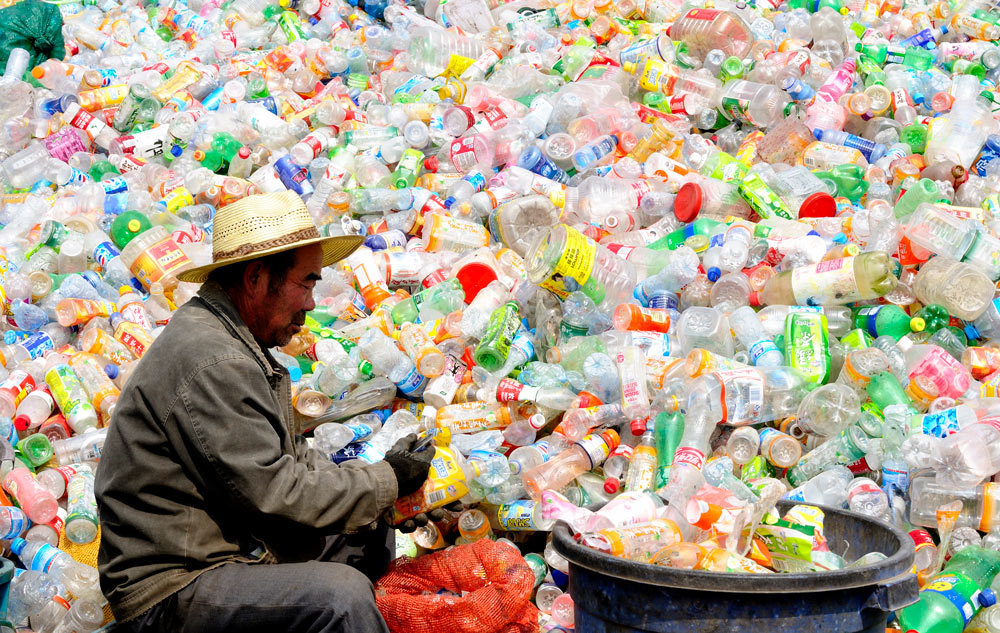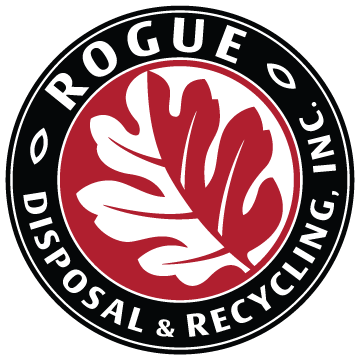What happens when recycling efforts work well but recyclable materials no longer have a market?

After years of public-information and educational campaigns, recycling in the United States has become commonplace. Whether you’re at work, the mall, a theme park or city streets, odds are you’ll run across designated drop-off containers for pop cans, water bottles, newspaper and more. Nowhere did the education pay off more than at home, where recycling has become part of everyday life.
But on January 1, 2018, the recycling world was turned upside down. For decades, American trash and recycling companies were sending the bulk of their recyclables overseas, to China, where it was recycled into materials used to create new products. But last year, China restricted import of key recyclables — including mixed paper and most plastics. Overnight, the world’s largest market for recyclable materials dried up.
Recycling realities
According to a recent article in The Atlantic titled “Is This the End of Recycling,” it’s cheaper for companies to use new, raw materials rather than using recycled ones. Even though recycled plastic only costs pennies more than new plastic, the costs quickly add up when you’re manufacturing millions of items.
What’s more, items made from different types of plastic nearly always end up in the trash, because recyclers can’t separate the plastics from one another. As one industry spokesman put it, “it’s like trying to get the sugar and eggs out of a cake after you baked it.”
Ultimately, the companies that make the packaging bear no costs for the disposal of the packaging — so there’s no incentive to manufacture products out of materials that will be easier to recycle.
Additional costs
The costs of additional garbage is growing, especially now that items that could once be recycled are no longer accepted. Another huge cost is environmental. According to The Atlantic article, when organic waste sits in a landfill, it decomposes and emits methane — a gas that’s known to be bad for climate change. Landfills are the third largest source of methane emissions in the country. Some municipalities have tried burning plastics to create energy, but the process creates carbon emissions. Other incineration facilities call themselves “waste to energy” plants, yet studies have shown that these facilities actually release more harmful chemicals into the air — including mercury and lead — than coal plants.
The problem of contamination

According to the National Waste & Recycling Association, about 25% of what ends up in a commingled recycling bin is contaminated. For years, tons of “recyclable” materials were going to China, where low-paid workers sorted through the pizza boxes, dry cleaner bags, candy bar wrappers, ketchup bottles, yogurt containers and other contaminated materials to clean up what was left. Those days are gone.
Then there’s the issue of glass. It breaks so easily that it has to be kept away from other recyclables or it contaminates the stream, causing the whole load to be sent to the landfill. It’s heavy, too. So unless there’s a glass recycling facility nearby, it’s nearly impossible to cost-effectively ship it to a place that will recycle it.
Rogue Disposal & Recycling forges a new path
In cities across the country, the cost to send items to a processor that will accept the recyclable materials — if one can be found — have risen exponentially, particularly for smaller, more rural cities away from larger population centers. As a result, local waste companies are often left with just two options: either pay substantially higher rates to continue their recycling programs or throw the materials away.
At Rogue Disposal & Recycling, we created a third option. First, we limited the materials that can be tossed into the commingled recycling bin to the four material categories we know we have a market for. Next, we started checking for contaminants in roll carts, leaving notes behind for households putting non-recyclables into their bin. Then we created glass-only recycling depots at local grocery stores across the area to keep breakable glass away from the other recyclable materials. And finally, we established special recycling areas at the Transfer Station where anyone can drop off the same items we accept curbside, as well as glass bottles and jars, mixed waste paper, and plastic bottles and jugs labeled as #1 and #2.
To read the full recycling story in The Atlantic, click here.
In 2015, the most recent year for national data on trash and recycling, Americans generated more than 262 million tons of waste — up 4.5% from 2010. This amount equals five pounds of waste per person every day.
Share This
